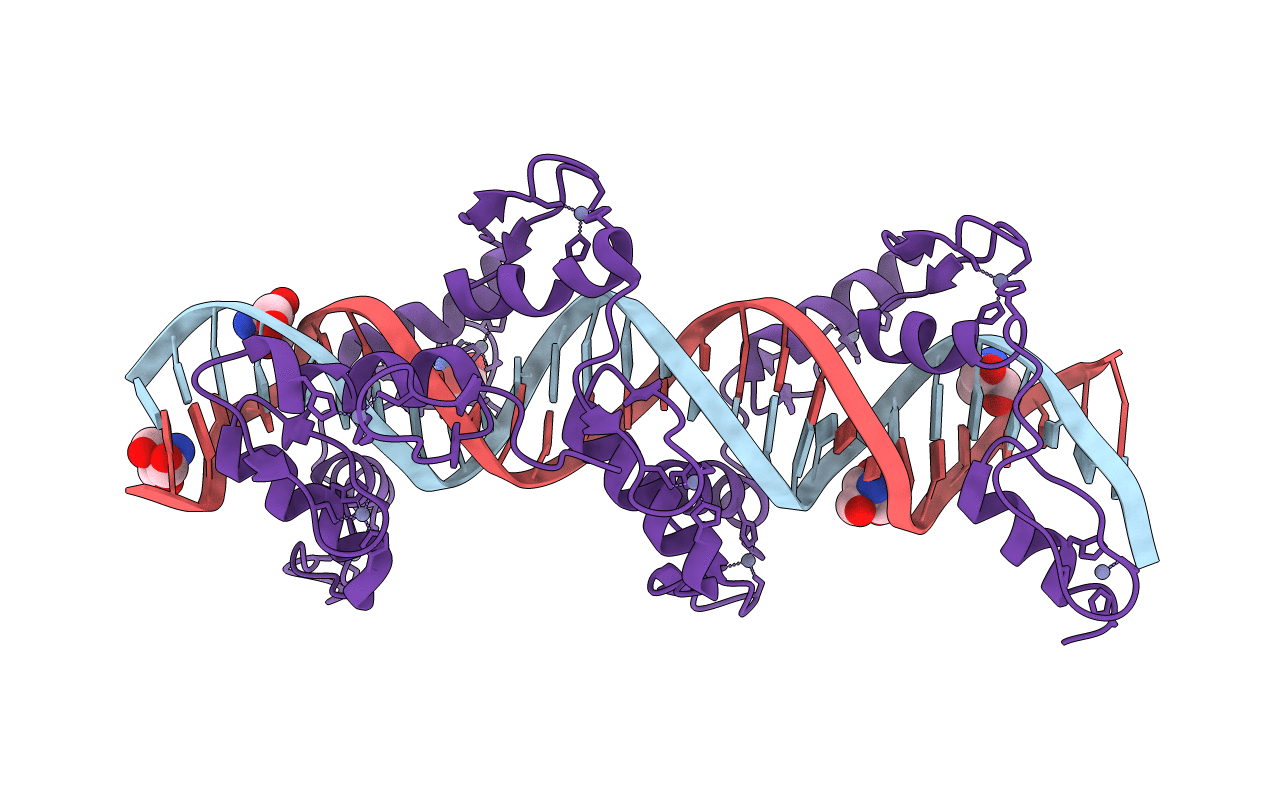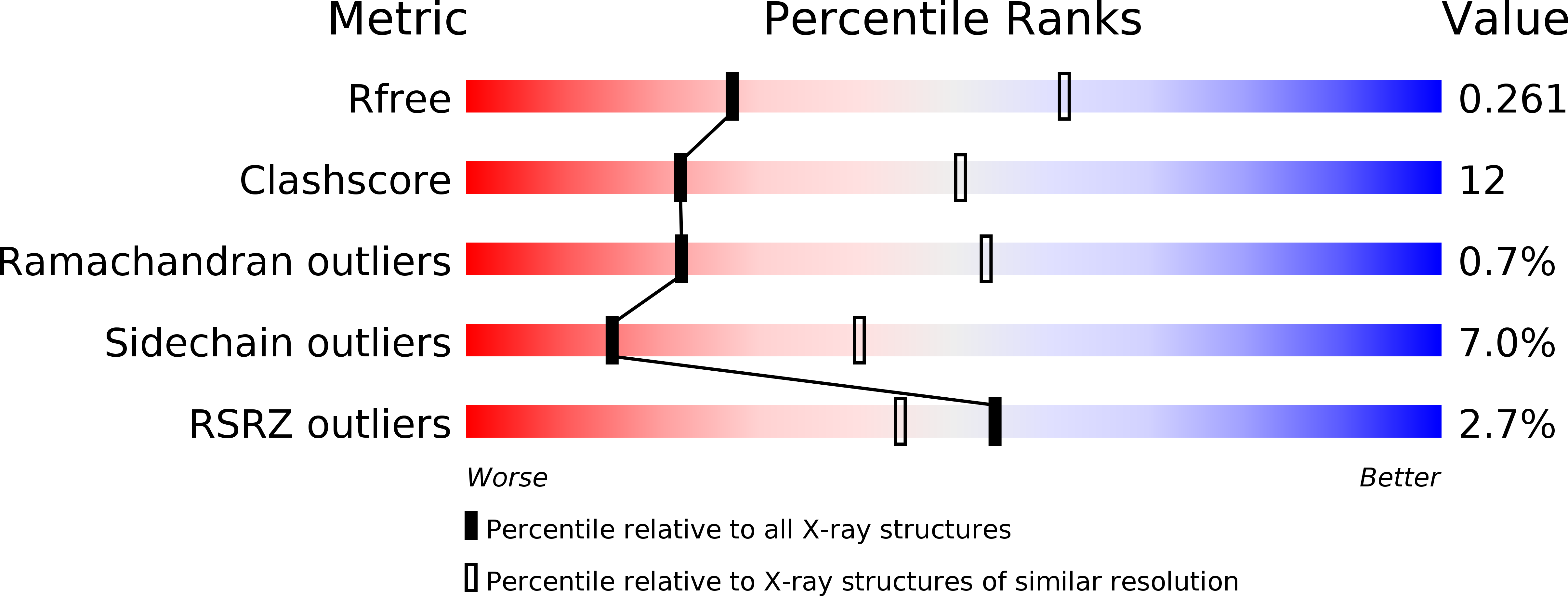
Deposition Date
2017-07-24
Release Date
2018-03-07
Last Version Date
2024-11-20
Method Details:
Experimental Method:
Resolution:
2.79 Å
R-Value Free:
0.26
R-Value Work:
0.19
R-Value Observed:
0.19
Space Group:
P 21 21 2


